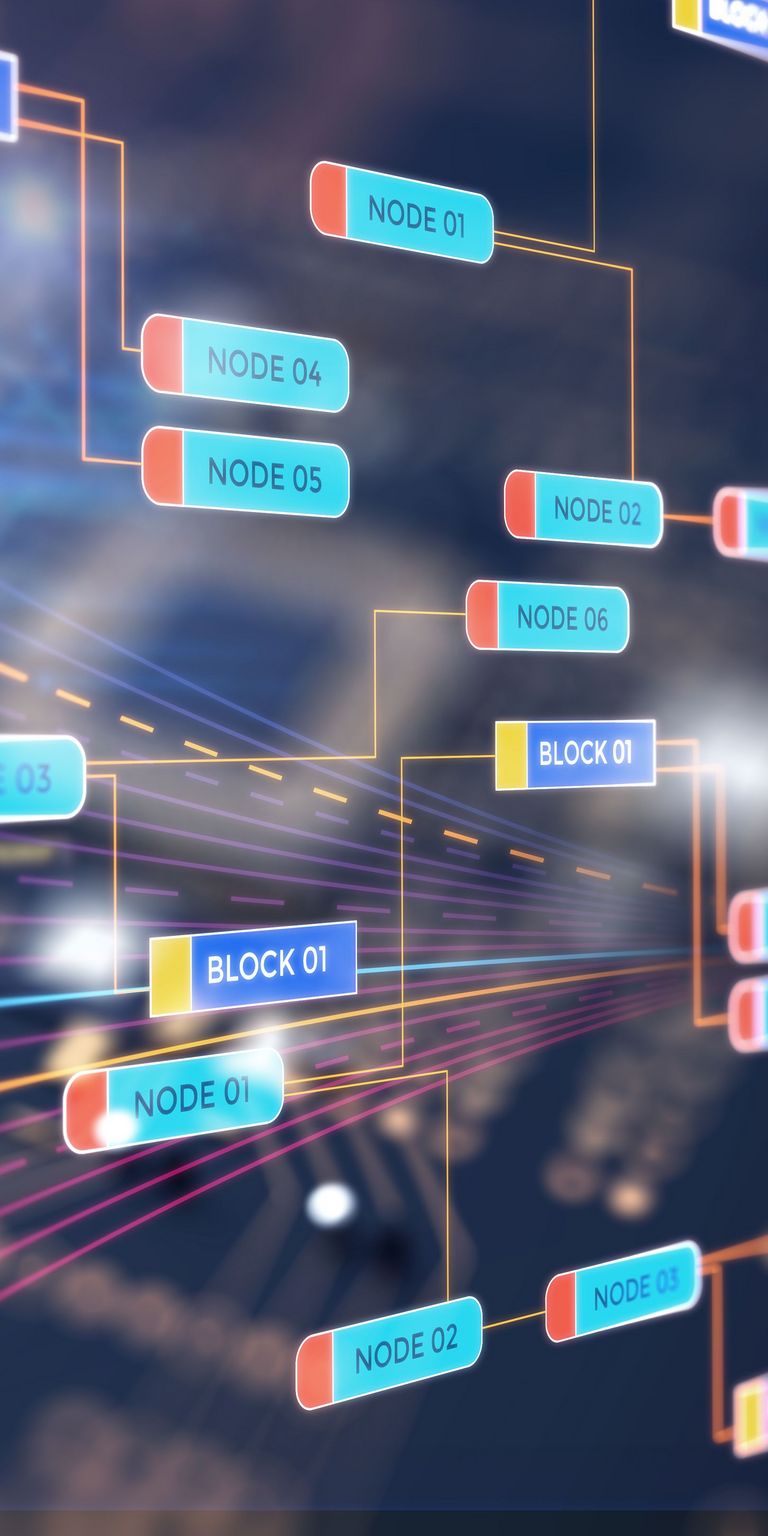Security and uniformity of data by means of blockchain
Together with Telekom MMS, the Federal Office for Migration and Refugees has tested a future-proof technology selection with blockchain on the basis of a POC (proof of concept). It was confirmed that this technology improves cross-agency collaboration. Furthermore, using this technology results in an optimisation of asylum procedures, increases data security and prevents possibilities of misuse.
We hope that we will use blockchain technology not only across all agencies but also across department boundaries within an agency. We also want to achieve a shared, trustful basis for communication with other European partners. In all areas in which a great amount of comprehensive data sharing takes place, blockchain technology can be the solution for mapping it in a tamper-proof way Mr. K. Munsi, Manager of the Software Development Unit, Federal Office for Migration and Refugees in Nuremberg
Benefits to our customer
These improvements are also reflected throughout the participant side of the process chain:
Improvement of the integrity of data for asylum applications
Improvement of cross-agency collaboration
Prevention of misuse of the asylum procedure
The BAMF and Telekom MMS are currently discussing the development of this accomplished success story beyond the proof of concept into a pilot project. The customer has recognised and confirmed the added value of an additional blockchain layer in the IT landscape of the BAMF. We’re confident that the cooperation with the BAMF will continue to develop so that we can keep providing support with our competence and commitment. Dr. Gudymenko, IT Security Architect and Technical Project Manager
About the BAMF
The Federal Office for Migration and Refugees (BAMF) is a higher German federal authority in the division of the Federal Ministry of the Interior (BMI) with its headquarters in the former South Barracks in Nuremberg. The Federal Office is the central migration agency with competencies in the areas of migration, integration and return.
